Legionella Risk Assessment
Our Northern Ireland based water specialists carry out the risk assessment in accordance with the Health & Safety Executives ACoP L8 (4th Edition) and Health & Safety Guidance 274
Legionella Risk Assessments: Get Legionella Compliant
Legionella risk assessment is a vital part of maintaining a safe workplace. It is important as Legionella is a type of bacteria that can cause serious and potentially fatal form of pneumonia known as Legionnaires’ disease. To prevent the spread of this bacteria, it’s essential to conduct regular legionella risk assessments in the workplace.
The risk assessment will address all systems where water is used or stored. Analyse the risk factors and consider the potential of the system to become contaminated with Legionella which causes Legionnaires disease.
As part of our water hygiene and legionella control services, Techright specialise in Legionella Risk Assessments.
Techright Environmental has a team of expert risk assessors who specialise in legionella risk assessments. Our risk assessors will carry out the risk assessments in accordance with the Health & Safety Executives Approved Code of Practice L8 (4th Edition) and Health & Safety Guidance 274. Furthermore, our risk assessors will hold and retain the membership of the Water Management Society to ensure they stay updated with the latest technical documentation supporting health and safety guidelines.
What is a Legionella Risk Assessment?
A legionella risk assessment is a formal process that identifies and documents potential hazards related to legionella bacteria in a workplace. This assessment is necessary for companies with 5 or more employees, and it involves recording the risk assessments and actions taken to improve safety.
Techright Environmental’s risk assessment includes: –
- Checks to ensure water storage tanks and water heaters are clean and compliant with the Water Regulations 1999.
- Legionella testing temperatures to ensure temperatures are satisfactory for the control of Legionella
- Recommendations based on findings (risk will be rated as Low, Medium or High)
- Full asset register
- Report detailing any remedial works required in order to comply with current standards
- Recommended maintenance programme and precautionary measures
- Identification of responsible and competent persons
- Photographs along with highlighting any areas of concern
- Plumbing schematic
- Full logbook with a PDF copy stored on web based electronic database
- Legionella awareness training for associated staff. Training can include the recording of temperatures and quarterly shower head disinfections.
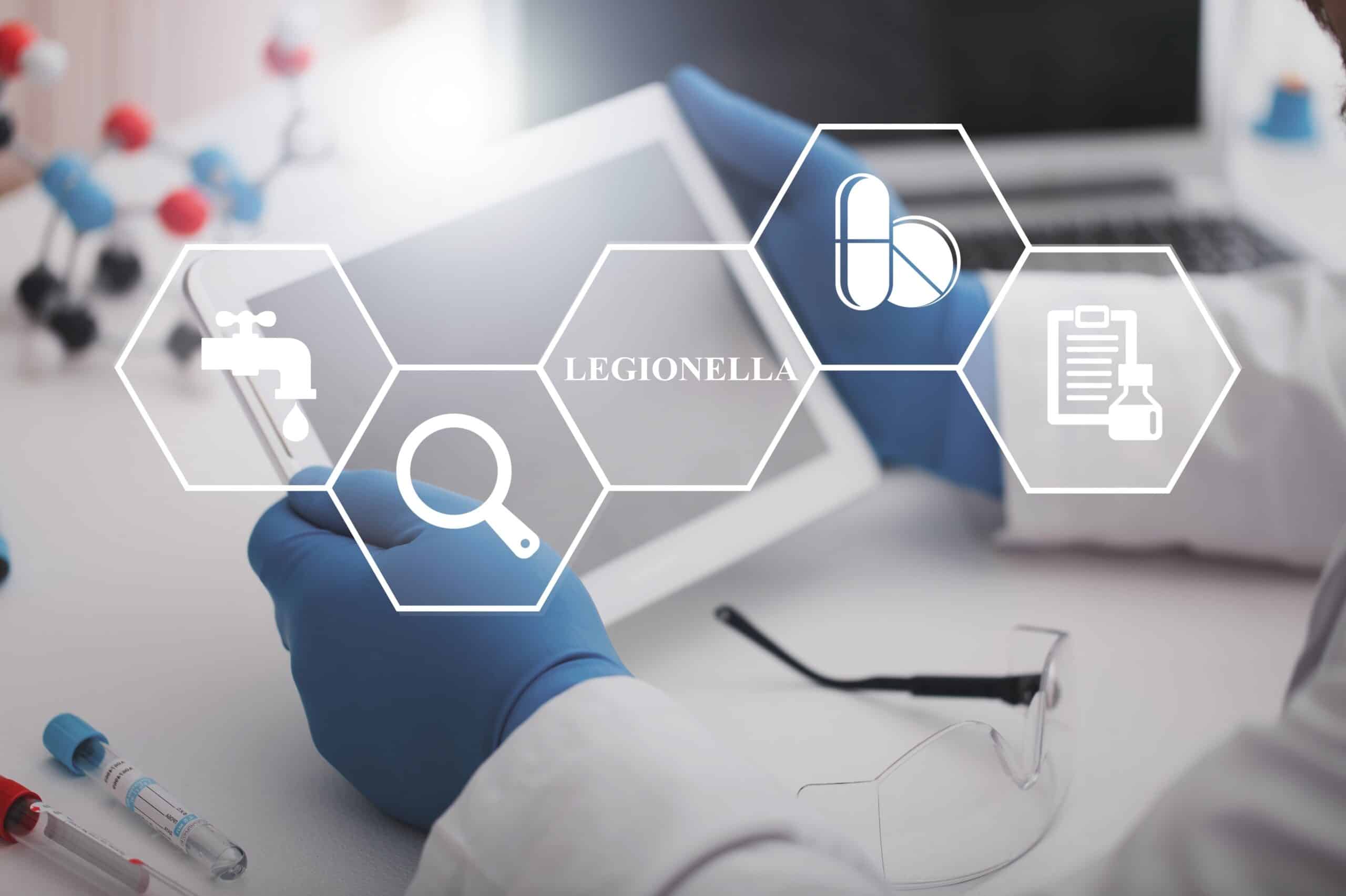
Legionella Risk Assessment: What to Expect
When conducting a Legionella risk assessment, a qualified assessor will visit your workplace and thoroughly inspect your water systems. This includes accessing all water outlets and equipment on your premises, such as:-
- Water heaters
- Water boilers
- Hot and cold water distribution pipe work
- Tap outlets
- Showers
- Cold Water Storage Tanks
- Any other water equipment
Each asset will be surveyed and assessed for Legionella risk. The duration of the assessment can vary depending on the size of your water system and the number of equipment present, ranging from 1 hour to 6 or 7 hours. On average, our qualified assessor spends 1 hour on site for every 20-30 outlets.
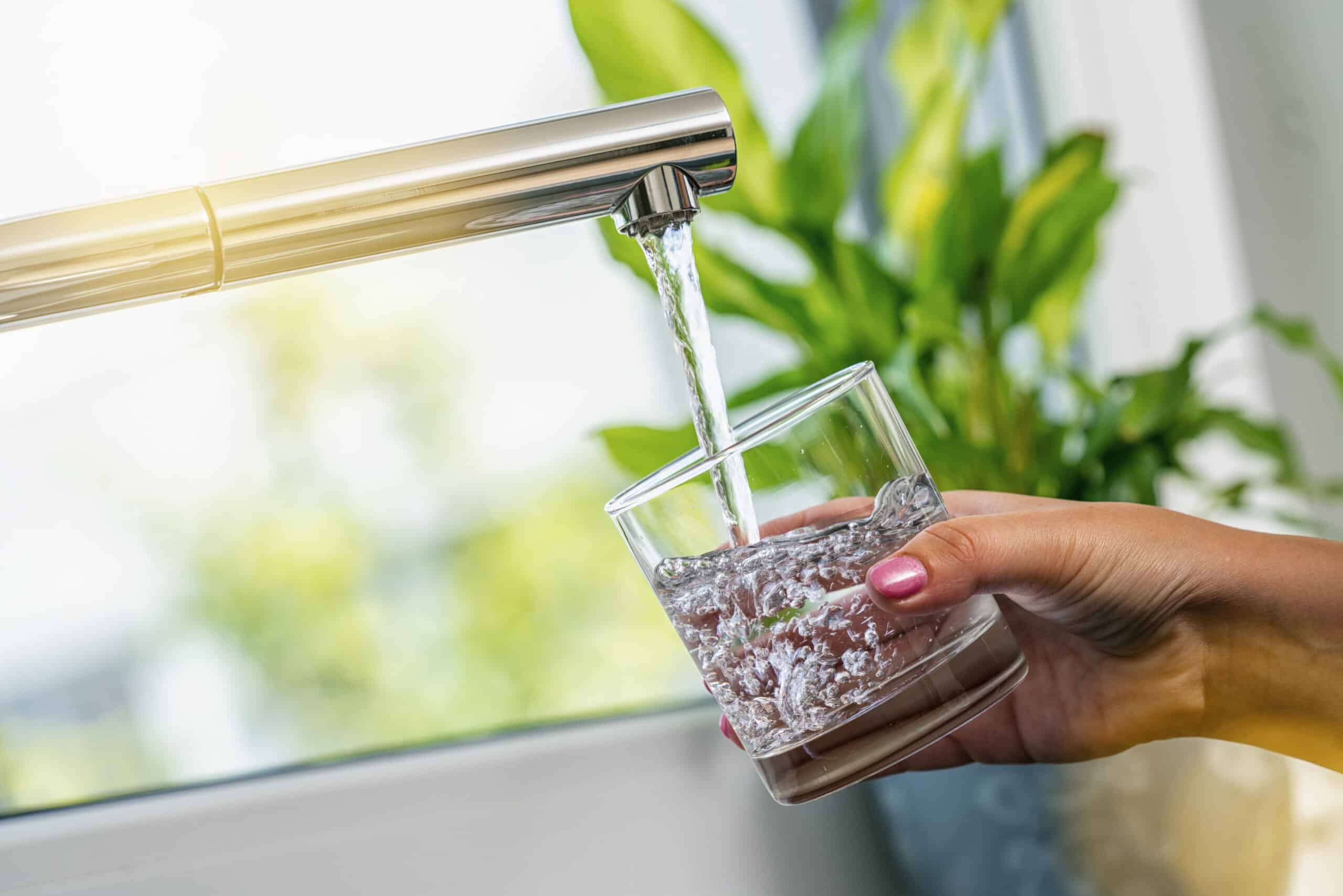

What is Legionella and Why is it a Risk?
Legionella is a type of bacteria commonly found in water sources such as lakes, rivers, and reservoirs. When this bacteria is present in man-made water systems such as cooling towers, hot tubs, and plumbing systems. It can multiply and spread through the air in the form of droplets. If these droplets are inhaled, they can cause Legionnaires’ disease, a severe form of pneumonia that can be fatal. Legionella risk assessments are important because they help identify potential sources of Legionella in a workplace and allow for measures to be taken to prevent its spread.
What is Legionnaires Disease?
Legionnaires disease can be a potentially fatal disease, caused by the inhalation of small droplets of contaminated water containing the bacterium Legionella pneumophila and related bacteria.
Man-made hot and cold water systems are likely, if conditions deteriorate, to provide an environment where Legionella can grow, so it’s important to ensure your water systems are safe and not at risk of delivering these fatal bacteria.

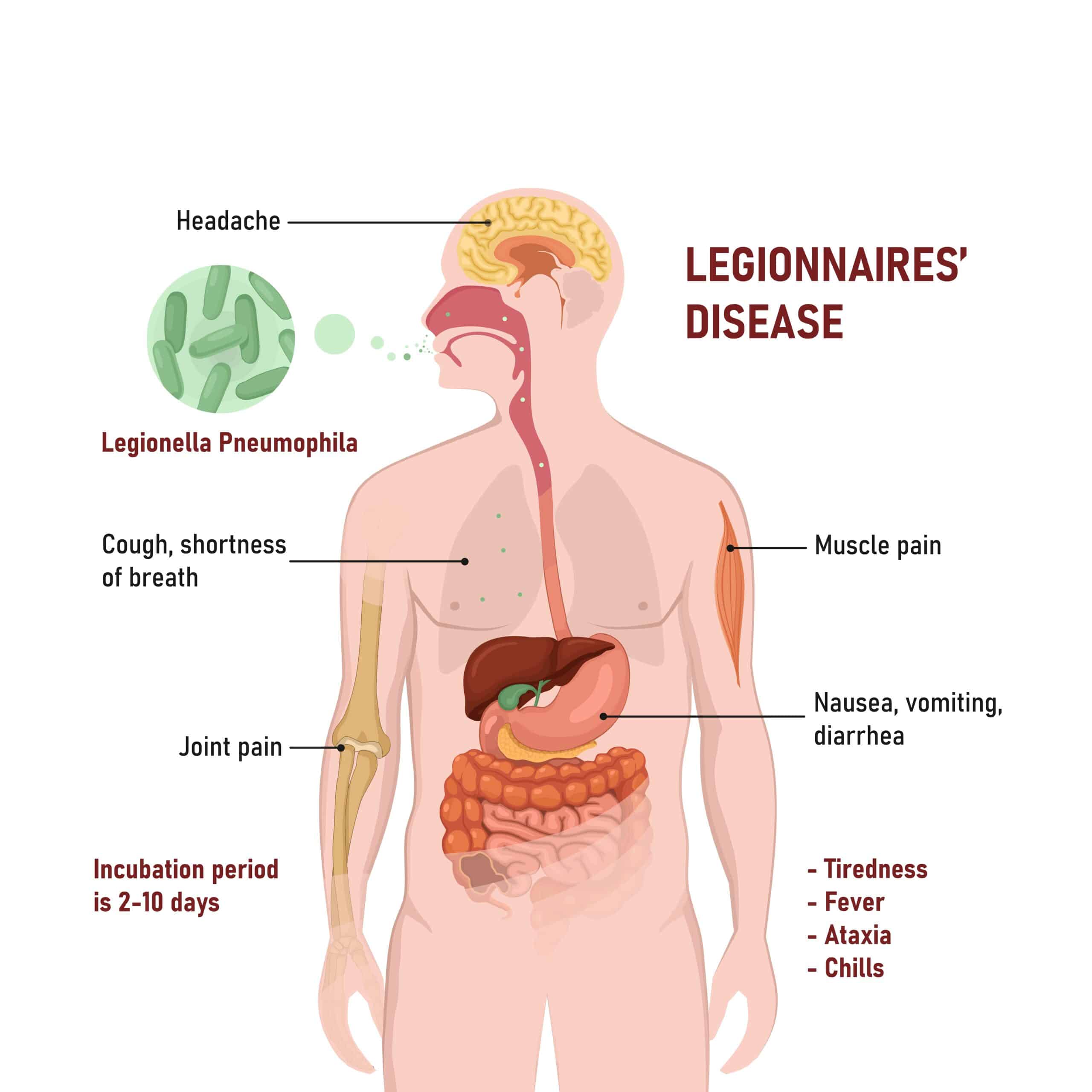
Symptoms of Legionnaires Disease?
The symptoms of legionnaires disease are similar to the symptoms of the flu.
Because it is similar to the flu, it is not always easy to diagnose. A blood or urine test will be helpful in deciding whether an illness is or is not legionnaires disease.
Symptoms include:-
- High temperature, feverishness and chills
- Cough
- Muscle Pains
- Headache, and leading on to
- Pneumonia, and very occasionally
- Diarrhoea and signs of mental confusion
Legionnaires’ Infection
People usually catch legionnaires disease by inhaling small droplets of water containing legionella bacteria deep into the lungs. Small airborne water droplets are commonly referred to as aerosols. Aerosols are formed by running a shower, Turing on a tap or from systems such as spa pools and cooling towers. Not everybody exposed to legionella will become ill.
The higher risk groups include:-
- People over 45 years of age
- Smokers and heavy drinkers
- People suffering from chronic respiratory or kidney disease
- Anyone with an impaired immune system
Approximately 10-15% of cases will result in death.
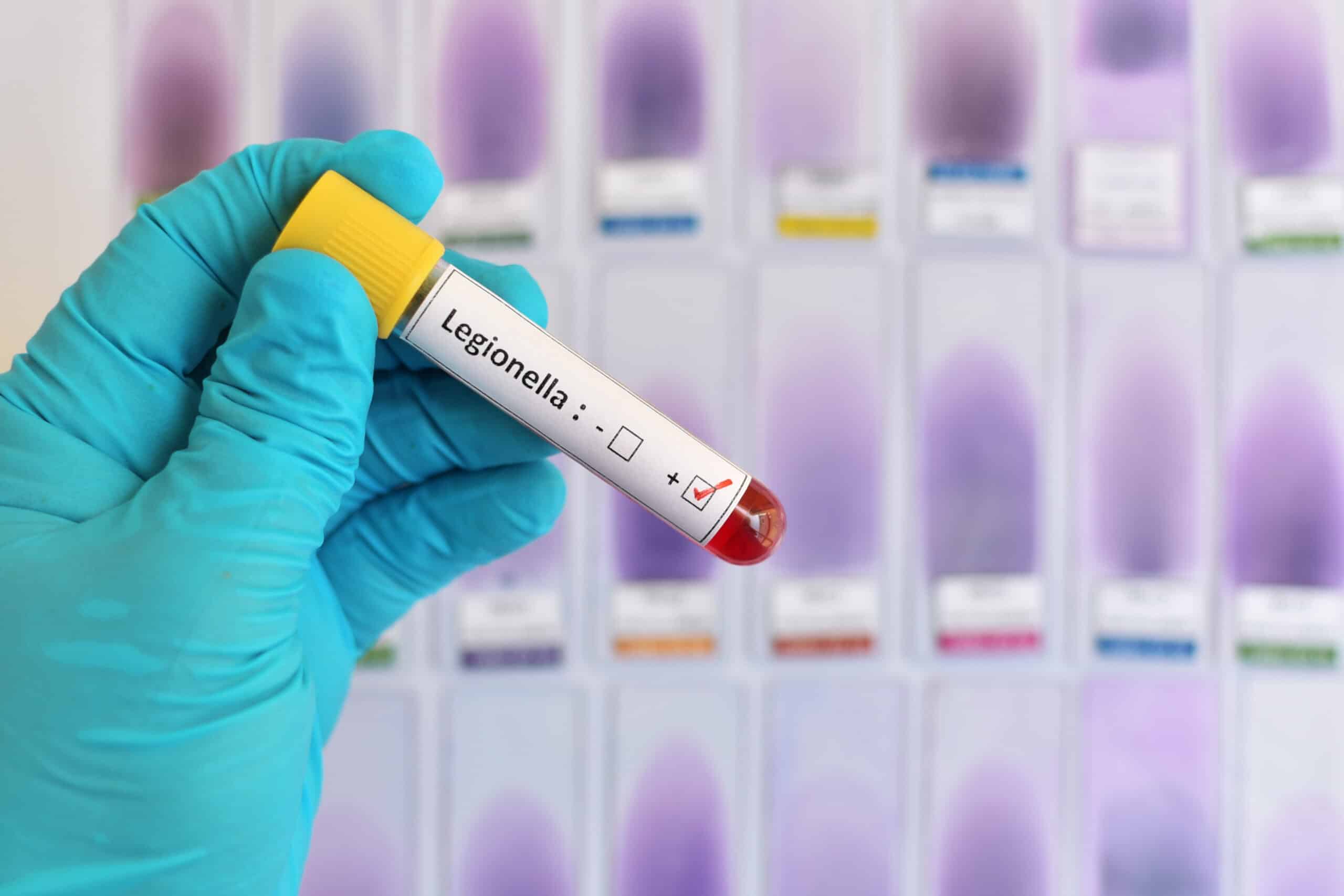
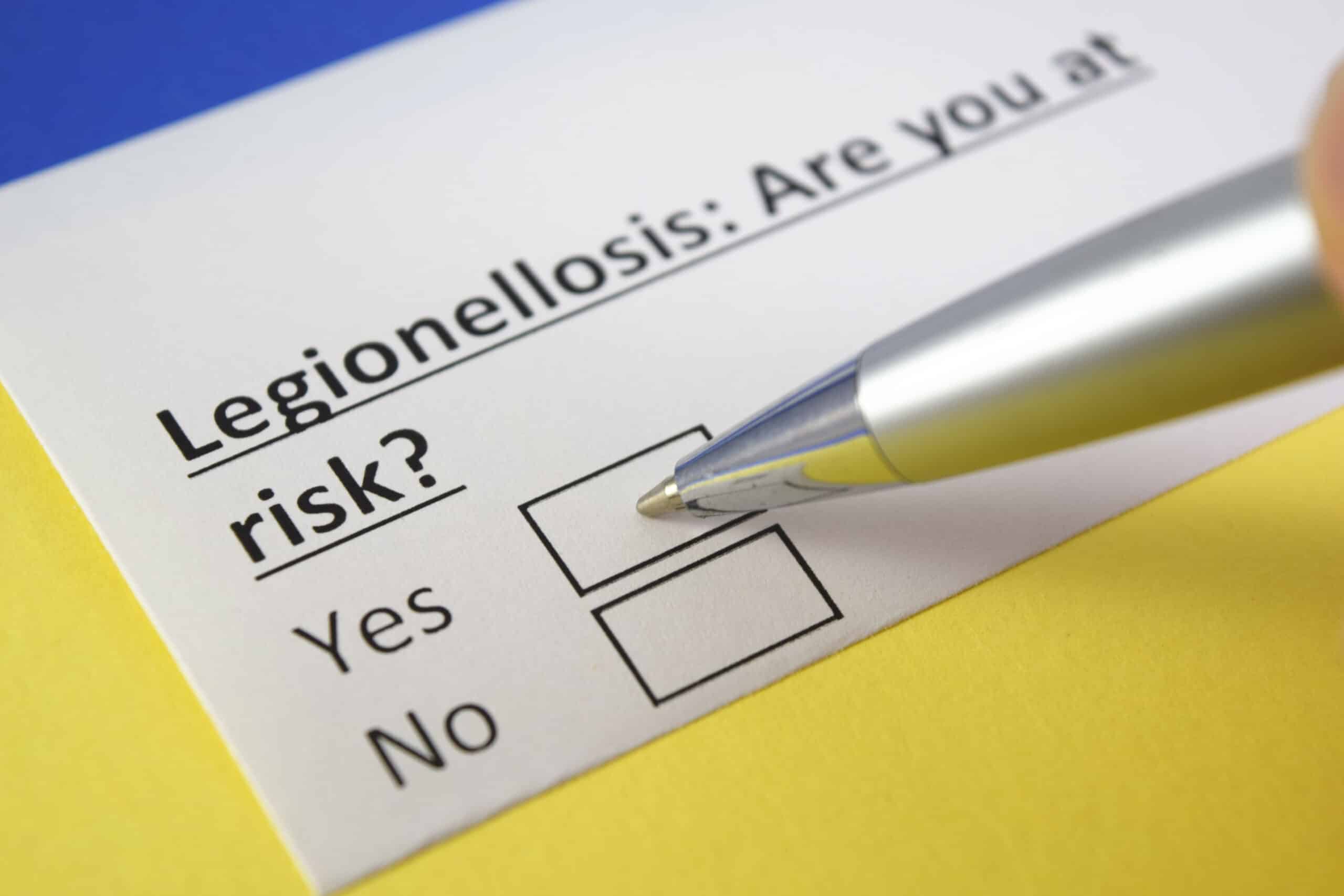
The Legal obligations and regulations surrounding Legionella Risk Assessment
Legionella risk assessment is not only a matter of health and safety but also a legal requirement in many jurisdictions. Authorities have recognised the importance of preventing Legionella outbreaks and have implemented regulations to ensure the protection of public health. Various legislation and guidelines, such as the Health and Safety at Work Act, Control of Substances Hazardous to Health Regulations, and Approved Code of Practice, outline the responsibilities and obligations of duty holders in managing Legionella risks. It is important to know that cases of legionellosis are reportable under RIDDOR if a medical practitioner notifies the employers.
Failure to comply with these regulations can result in fines and legal action, as well as damage to your business’s reputation. It’s important to stay up-to-date with the latest regulations and guidelines to ensure that your business is in compliance and providing a safe and healthy workplace.
Legionella Risk Assessments: Training for Associated Staff
Techright Environmental provides a comprehensive training program for associated staff to manage and control the risk of exposure and reduce the likelihood of Legionella outbreak.
The on-site training includes:
- temperature checks
- showerhead cleaning
- descaling and chlorination of all water outlets
We will give your delegates the necessary skills and equipment including a logbook. Should any temperatures be non-compliant, we will support you throughout the process to return your site to a safe and compliant standard.
Our comprehensive guide provides all the necessary information to assess and manage Legionella risks effectively.
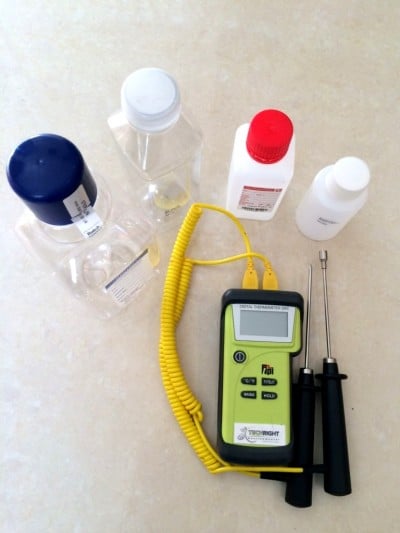
Conducting Legionella Risk Assessments: Ensuring Water Safety
Legionella risk assessments are fundamental in identifying and mitigating potential hazards associated with Legionella bacteria in water systems. Legionella, when present and proliferating in water sources, poses a significant health risk, potentially leading to Legionnaires’ disease or other respiratory illnesses. Conducting regular risk assessments is essential for preventing outbreaks and protecting public health.
Key Steps in Legionella Risk Assessments
A thorough Legionella risk assessment involves the following key steps:
- Identification of Potential Sources: Assessing all water systems and sources within a facility to identify areas where Legionella bacteria could proliferate, such as cooling towers, hot water systems, and decorative fountains.
- Evaluation of Risk Factors: Determining the likelihood of Legionella growth and transmission based on factors such as water temperature, stagnation, presence of biofilm, and system design.
- Assessment of Control Measures: Reviewing existing control measures, such as temperature management, disinfection protocols, and water system maintenance, to determine their effectiveness in preventing Legionella contamination.
- Recommendations for Risk Mitigation: Providing recommendations for mitigating identified risks, which may include implementing additional control measures, improving maintenance practices, or conducting remedial actions.
Frequency of Legionella Risk Assessments
The frequency of Legionella risk assessments depends on various factors, including the complexity of water systems, occupancy levels, and regulatory requirements. As a general guideline, risk assessments should be conducted at least annually. However, in high-risk environments or following significant changes to water systems, more frequent assessments may be necessary to ensure ongoing compliance and safety.
Benefits of Regular Legionella Risk Assessments
Regular Legionella risk assessments offer several benefits, including:
- Early Detection of Hazards: Identifying potential risks allows for timely intervention and implementation of control measures to prevent Legionella contamination.
- Compliance with Regulations: Conducting regular risk assessments helps ensure compliance with health and safety regulations and guidelines related to Legionella management.
- Protection of Public Health: By proactively managing Legionella risks, the likelihood of Legionnaires’ disease outbreaks and associated health risks is minimized, safeguarding the health and well-being of building occupants and the public.
